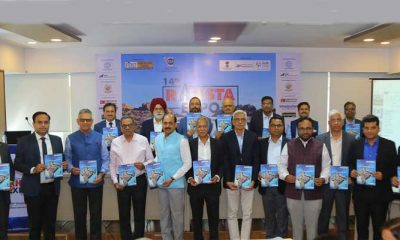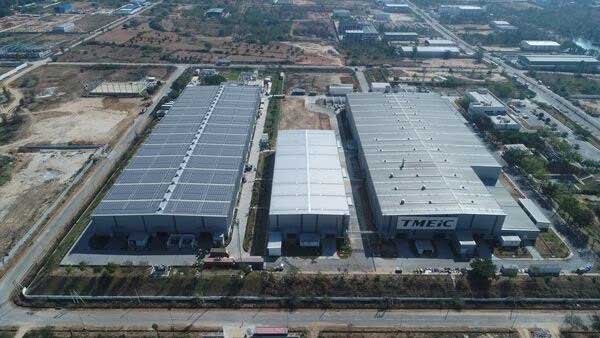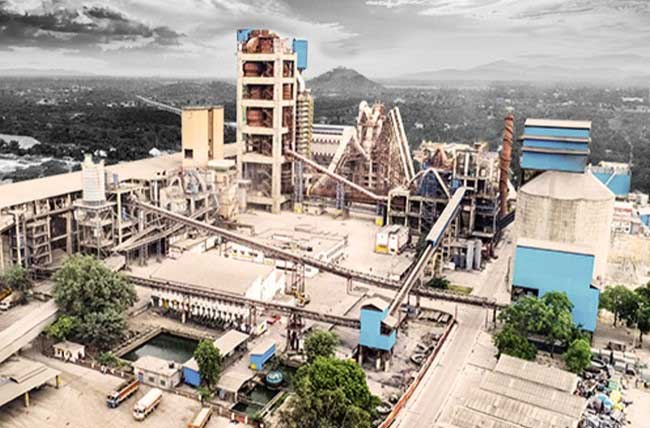As per a study conducted, on an average, a sack would have eight to nine hook marks by the time it reaches the destination. These hook marks further lead to cement losses, thus making the working conditions of the workers from bad to worse, writes Madhvi Lijhara.
Packaging is a very generic term that has been in existence for ages now. Man has used packaging since times unknown for storage, protection, handling and so on. The ways were quite crude but served their purpose well. With the advancement of time and technology, the purpose of packaging also changed, the ways changed, the materials change and it changed the mindsets too.
Today packaging has a much bigger role to play and satisfy much higher expectations of the consumers, marketeers, manufacturers and others in the supply chain. It’s not just about protecting the goods, giving ease of storage, handling, increasing the life of the product, but also serves as a mode of communication between the manufacturer and the consumer, between the marketer and the buyer. It talks about how to use the product, why to buy the product, why to buy that particular brand, price to pay; when was that particular product manufactured and by when to use. It also takes care of the government regulations and ensures on quality and quantity of the product to the user.
Besides the above mentioned attributes of packaging, we all forget a very important aspect of packaging and that is its contribution to "environment sustainability". In India at large the cement is packed in WPP sacks. The woven polypropylene fabric, PP is a kind of thermoplastic resin material that is produced by the polymerisation of propylene. The weave in two directions of the PP threads gives the strength to the fabric, its light weight and strong enough to carry weight of cement which is high density. The pores in the weave have a role to play – while cement filling, these pores help the air to escape from the sack preventing the bursting of the sacks. But at the same time these pores also lead to cement loss at various junctures of the journey from the factory to the point of use.
On an average, from one kg to 500 grams of cement is lost while in transit. At times the loss can be even more depending on the number of hands it exchanges. This cement lost is not just an economic value lost for the user or manufacturer but it actually leads to much more intangible loss, the loss of cement particles into the environment, polluting the the air we breathe in. It’s a surprising fact that the air quality inside the cement plant is much better than the place of storage of the cement or the place of use of the cement, and the major reason is the way cement is packed. Every time the sack is moved from one place to another it leads to cement loss, so much so that the branding, printing or any information printed on eth sack becomes invisible due to a cement dust layer on the sack. Thus the way in which cement is packed destroys all the attributes of packaging.
These pores also give easy way to the moisture in the air to penetrate inside the sack and thus reducing the shelf life of the product. Cement is hygroscopic and attracts water from the atmosphere to set . Thus the purpose of protection and increasing the shelf life is defeated.
The labourers use iron hooks for loading and unloading of cement sacks even though its banned as per the government directives. As per a study conducted, on an average, a sack would have eight to nine hook marks on the sacks. These hook marks further lead to cement losses thus making the working conditions of the workers from bad to worse.
Even worse is the recycling of the cement sack, although PP is recyclable but a major issue is that the cement is all stuck in the pores of the sack and therefore the sacks cannot be recycled easily. The sack needs to be absolutely clean to be recycled. Another issue is with the collection of the empty cement WPP sacks; there is no defined process under which the cement sacks are collected after the use and taken to recycling plant. In most of the cases these sacks land up into "land-fills". The end of the "product life cycle" of a WPP cement sack is very unfriendly to our environment.
It can be concluded that the way cement is packed in India is actually an "incomplete packaging solution". All the aspects of packaging are defeated when cement is packed in WPP. It neither protects the material, neither increases the shelf life, nor does it increase the brand value; in nutshell it serves no purpose of packaging other than holding the material together and giving it a partial ease of handling; a 50 kg bag with dead weight is really tough to handle. The only driving factor for WPP sacks is the price of the sacks. But the irony is that only the "price per sack" is considered and not the "actual cost of packing" is considered. The actual cost should include the wastage in transit, its contribution to air pollution and its impact on the health of the workers. Even though the industry would agree with this but very little efforts have been made to give a sustainable packaging solution for cement. It’s the need of the hour that we look at creating more cement packaging options that justify all the attributes of packaging including the environment sustainability aspect and improved working conditions of the laborers.
ABOUT THE AUTHOR:
Madhvi Lijhara, a paper and packaging specialist, is an economics graduate from Delhi university and a post graduate in Marketing management from Lucknow University. She has worked with paper and allied companies like APP India, Thomson Press, Ballarpur Industries (BILT) and BillerudKorsnas AB. While on the job, she has been closely associated with various cement companies promoting paper sacks for cement packaging in India. She can be contacted on: madhvi@hotmail.com

 Concrete1 week ago
Concrete1 week ago
 Economy & Market3 weeks ago
Economy & Market3 weeks ago
 Economy & Market2 weeks ago
Economy & Market2 weeks ago
 Economy & Market1 week ago
Economy & Market1 week ago

















